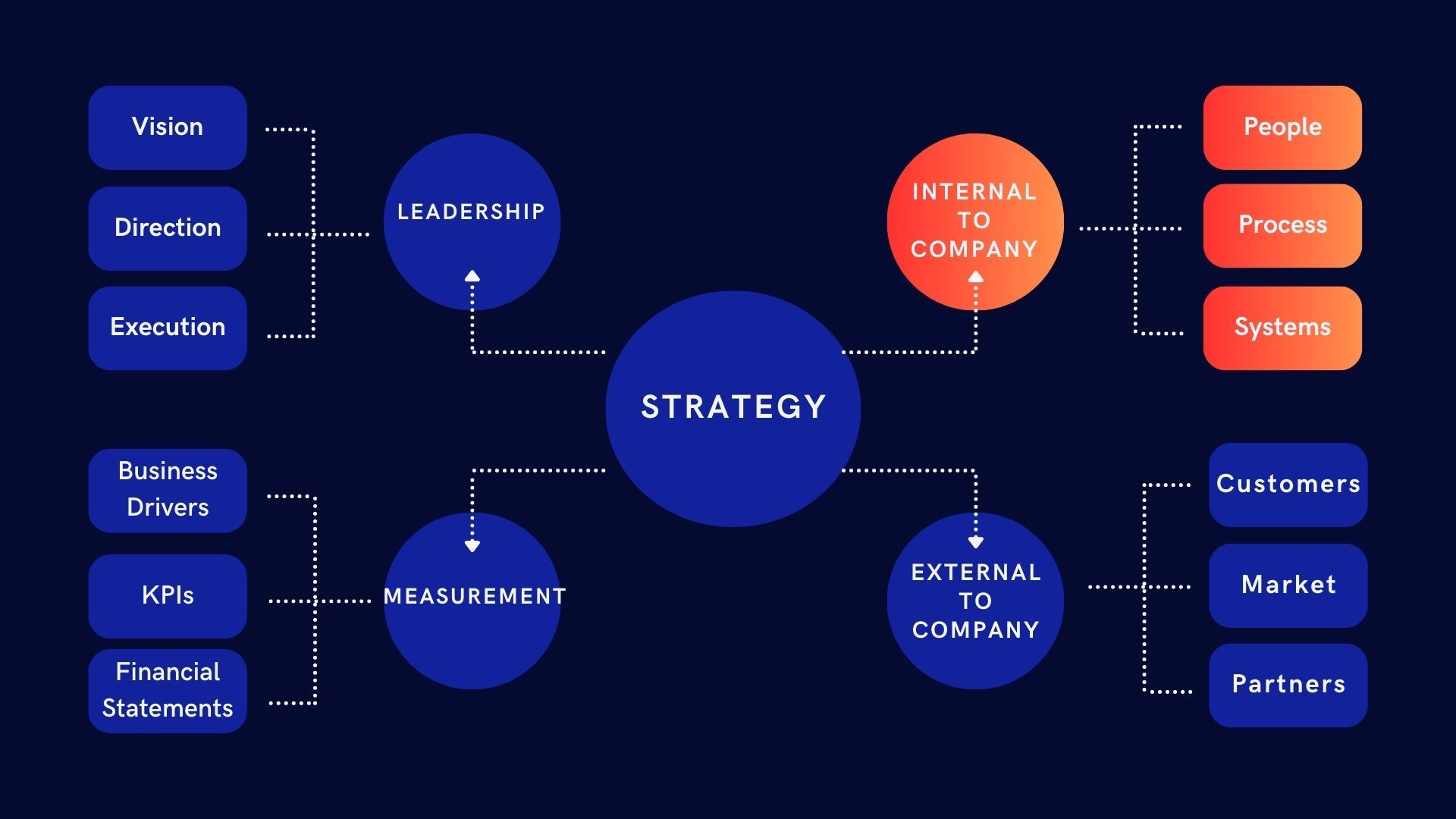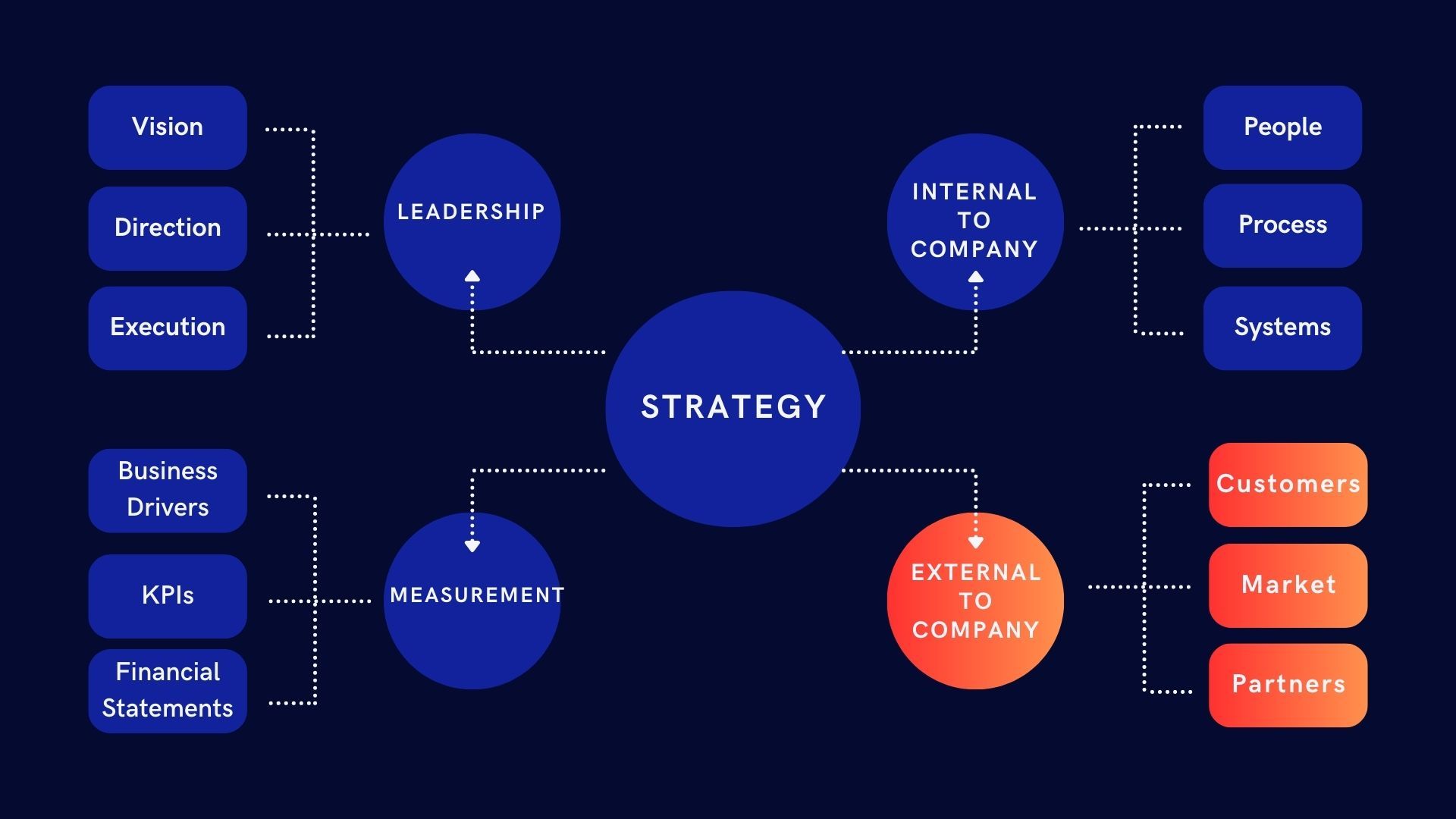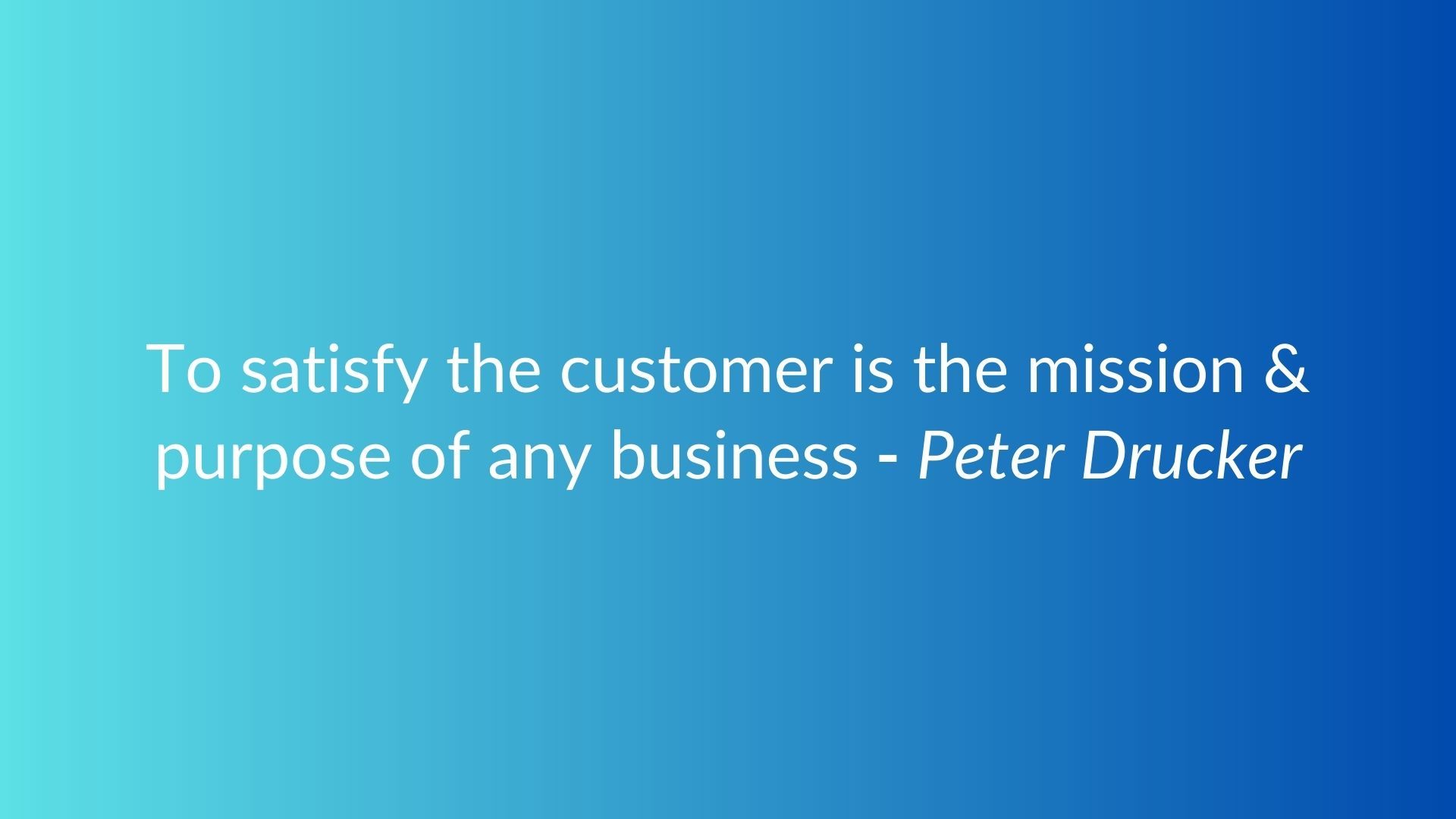Strategy Byte - Week 7 : Customers

Table of Contents
- Recap
- M.H.C & E.M.S
- Customers
- Customer Segmentation
- Customer Segmentation Basis
- Channels / Direct to Customers
Recap
Last week , we discussed competitive advantage. If a company is able to provide a solution or reduce pain points for it's select set of customers better than competitors, that's it's competitive advantage.
This advantage should be something proprietary, unique to the company & not implementable or copied by it's competitors. It should result in :
- generating greater value for it's customers than it's competitors or
- lower cost structure than it's competitors.
The proprietary solution can be a superior brand, proprietary technology, superior data from customers, superior process / systems etc which results in either of the above.
The first scenario is what is known as differentiation & the second is cost leadership. We will elaborate more on this at a later stage. ,
M.H.C & E.M.S
In order for a company to be better than it's competitors, it should have
- Internal Capabilities to maintain it's competitive advantage (M.H.C - Must Have Capabilities) &
- Systems or processes in place to sustainably support it's Must Have Capabilities. These systems are called Enabling Management Systems (E.M.S).
These systems need to be evaluated constantly to ensure the competitive advantage is maintained & competitors don't catch up to the company. (M.H.C & E.M.S are terms taken from Roger L Martin's book - Playing to Win)
The above fall under "Internal to Company" category of implementing strategy as highlighted in the below visualization.

Before we get into M.H.Cs (Must Have Capabilities) & E.M.S (Enabling Management Systems), let us first explore aspects "External to Company" which comprise of
- Customers
- Market
- Partners

Customers
Noted Management thinker Peter Drucker once said:

We spoke about core purpose or as Roger L Martin puts it, "Winning Aspiration" as the starting point of Strategy. This core purpose or Winning Aspiration should in turn start with customers.
The question to ask is - How would the company help customers or add value to them? Let us again see some purpose statements :

The purpose statements above are all focused on customer (athletes, 20 somethings, person & organization etc). These statements are clear on the value they expect to add to their customer's personal or professional lives & such companies thrive irrespective of challenges in the external environment. Of course, such companies need to navigate the VUCA (Volatility, Uncertainty, Complexity & Ambiguous) external environments, but their core purpose will keep them grounded without getting distracted with fleeting trends not relevant to their core purpose.
Understanding customer needs should be the focal point of any strategy discussion. That is then reflected in subsequent choices & actions taken by a company through better products or services to fulfill those needs.

Now, should a company go after all customers after it decides on the market where it needs to win.
No, it is better to have a focused approach to segment customers it expects to serve based on it's strategy.
Customer Segmentation
As part of developing it's strategy, a company will also identify the type of customers it wants to serve.
So it is imperative that companies segment it's customers based on some group characteristic so that customers falling under that group can be served appropriately. This is called Customer Segmentation.
This ensures their needs, preferences & buying patterns are better understood so that they can be served better. The strategy followed by a company to win in a particular segment will be different from that followed in another segment.
Customer Segmentation Basis
Customers are mostly segmented based on :
- Demography - gender, age, education level, marital status, location etc
- Personality Traits - Interests, Values etc
- Behavior - Purchase types, online habits etc
The best example of a company targeting different customer segments is Toyota which has entry & mid level vehicles under "Toyota" & a luxury segment called "Lexus" targeting luxury car owners.
Toyota has different M.H.Cs & E.M.S under each segment as the requirements of sustainable competitive advantage will be different under each brand.


Channels / Direct to Customers
Companies normally sell products
- Through intermediaries which we call "Channels" or
- Direct to customers
If a company sells products or services through channels, it needs to consider the needs of the channel through which it sells it's products or services in addition to the needs of the ultimate customer.
For example - products sold through channels include those sold through department stores or amazon or pharmacies etc.

It is not only about acquiring customers at the first instance but also ensure they continue with the company & the company continues to acquire new loyal customers on an ongoing basis.
Next week we will get little nerdy with terms like Customer LTV, Customer NPV etc.
